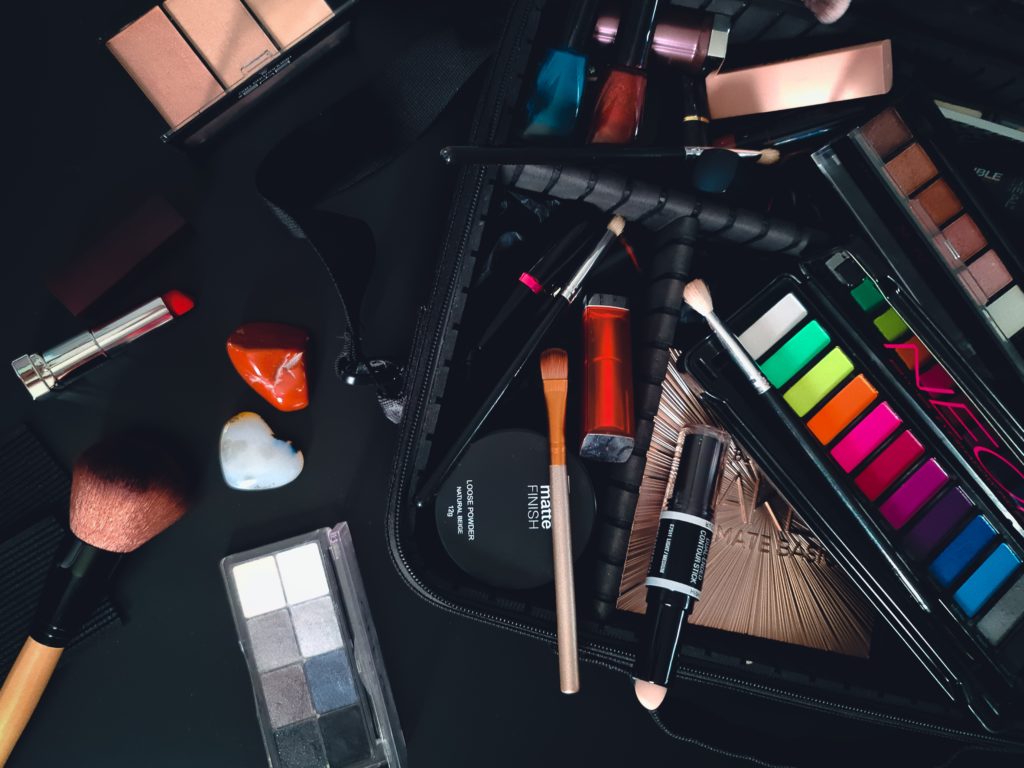5 Trends That Will Yes Mark Digital Advertising in 2025
As we advance through the digital era, the landscape of advertising is changing at an unprecedented pace. What was once considered cutting-edge just a few years ago is now standard practice, and the future promises even more radical changes. With technological advancements and shifting consumer behaviors, digital advertising is on the brink of a significant transformation. Looking ahead to 2025, several key trends are poised to reshape the digital advertising industry. These trends are driven by innovations in technology, changing consumer expectations, and a growing emphasis on data-driven strategies. Understanding these emerging trends can provide businesses and marketers with a competitive edge, enabling them to stay ahead of the curve and effectively engage their target audiences. In this article, we will explore the major trends that are set to define digital advertising in 2025. 1. AI-Driven Personalization Artificial intelligence (AI) has already made significant inroads into digital advertising, but by 2025, its impact will be even more profound. AI-driven personalization will become the cornerstone of digital advertising strategies, enabling brands to deliver highly tailored content and experiences to individual users. AI algorithms will analyze comprehensive amounts of data to understand consumer preferences, behaviors, and interactions. This data will be used to create dynamic, personalized ads that resonate with each user on a deeper level. For example, AI can optimize ad delivery in real time based on a user’s current mood, recent interactions, or even their location. This level of personalization will drive higher engagement rates, improve conversion rates, and enhance overall customer satisfaction. Additionally, AI will play a crucial role in predicting future trends and consumer behaviors. By analyzing historical data and identifying patterns, AI can forecast emerging trends and help brands stay ahead of the competition. This proactive approach will allow advertisers to adapt their strategies in real-time and effectively address shifting consumer preferences. 2. Immersive Technologies: AR and VR Augmented reality (AR) and virtual reality (VR) are set to revolutionize digital advertising by providing immersive and interactive experiences. As these technologies become more accessible and sophisticated, they will offer new ways for brands to engage with consumers and create memorable experiences. AR will enable advertisers to overlay digital content onto the physical world, allowing users to interact with products more engagingly. For instance, AR-powered apps could let users visualize how furniture fits into their homes or try on virtual clothing before making a purchase. This immersive experience can drive higher engagement and increase conversion rates by providing users with a more interactive and informative shopping experience. VR, on the other hand, will offer fully immersive experiences that transport users to virtual environments. Brands can use VR to create virtual stores, host interactive events, or offer virtual tours of their products or services. These experiences will not only capture users’ attention but also provide them with a unique and memorable way to engage with the brand. 3. Voice Search and Smart Speakers Voice search and smart speakers have seen rapid growth in recent years, and their influence on digital advertising will continue to expand by 2025. With the increasing adoption of voice-activated devices, such as Amazon Echo and Google Home, advertisers will need to adapt their strategies to optimize for voice search. Voice search queries tend to be longer and more conversational compared to traditional text-based searches. This shift will require brands to rethink their SEO strategies and focus on optimizing for natural language and conversational keywords. Advertisers will need to create content that aligns with the way people speak and ask questions, ensuring that their brands are easily discoverable through voice search. Smart speakers will also provide new opportunities for advertisers to engage with consumers through voice-based interactions. Brands can explore innovative ways to integrate their messaging into voice assistant applications, such as creating branded voice apps or sponsoring interactive voice experiences. These interactions will enable brands to reach consumers in a more personalized and direct manner. 4. Data Privacy and Ethical Advertising As data privacy concerns continue to rise, advertisers will need to navigate a more complex regulatory landscape and prioritize ethical advertising practices. In response to increasing scrutiny over data collection and usage, brands will need to be transparent about their data practices and prioritize consumer privacy. By 2025, we can expect to see stricter regulations around data privacy, such as enhanced data protection laws and stricter consent requirements. Advertisers will need to ensure that they are compliant with these regulations and adopt best practices for data collection and usage. This includes obtaining explicit consent from users, providing clear information about data usage, and implementing robust security measures to protect user data. Ethical advertising will also become a significant focus, with consumers increasingly expecting brands to act responsibly and transparently. Brands that prioritize ethical practices, such as responsible data usage and inclusive representation, will be better positioned to build trust and loyalty with their audiences. 5. Sustainability and Green Advertising Sustainability is becoming a central concern for consumers, and digital advertising will need to reflect this growing emphasis on environmental responsibility. By 2025, brands will increasingly incorporate sustainability into their advertising strategies, highlighting their commitment to environmental and social causes. Green advertising will involve promoting sustainable practices, products, and initiatives, and communicating a brand’s efforts to reduce its environmental impact. This could include showcasing eco-friendly products, supporting social causes, or implementing sustainable practices within advertising campaigns. Brands that effectively communicate their commitment to sustainability will resonate with environmentally-conscious consumers and differentiate themselves from competitors. Additionally, advertisers will need to consider the environmental impact of their digital advertising practices, such as reducing the carbon footprint of online ad delivery and minimizing resource consumption. Embracing sustainable practices within digital advertising will not only align with consumer values but also contribute to a positive brand image. Conclusion The landscape of digital advertising is set to undergo significant transformation by 2025, driven by advancements in technology and changing consumer expectations. From AI-driven personalization and immersive experiences to voice search optimization and ethical advertising, these trends will shape how brands
5 Trends That Will Yes Mark Digital Advertising in 2025 Read More »

